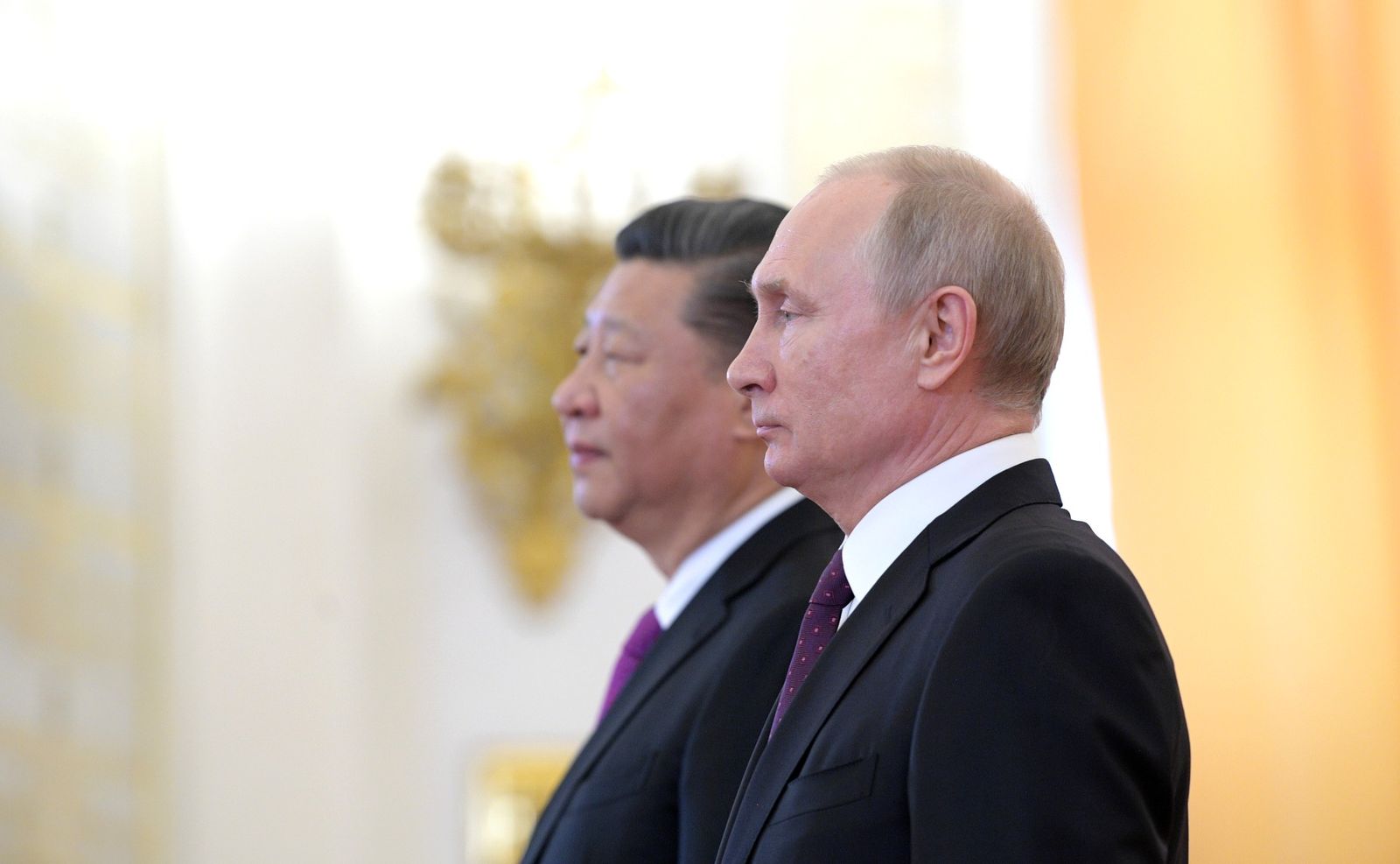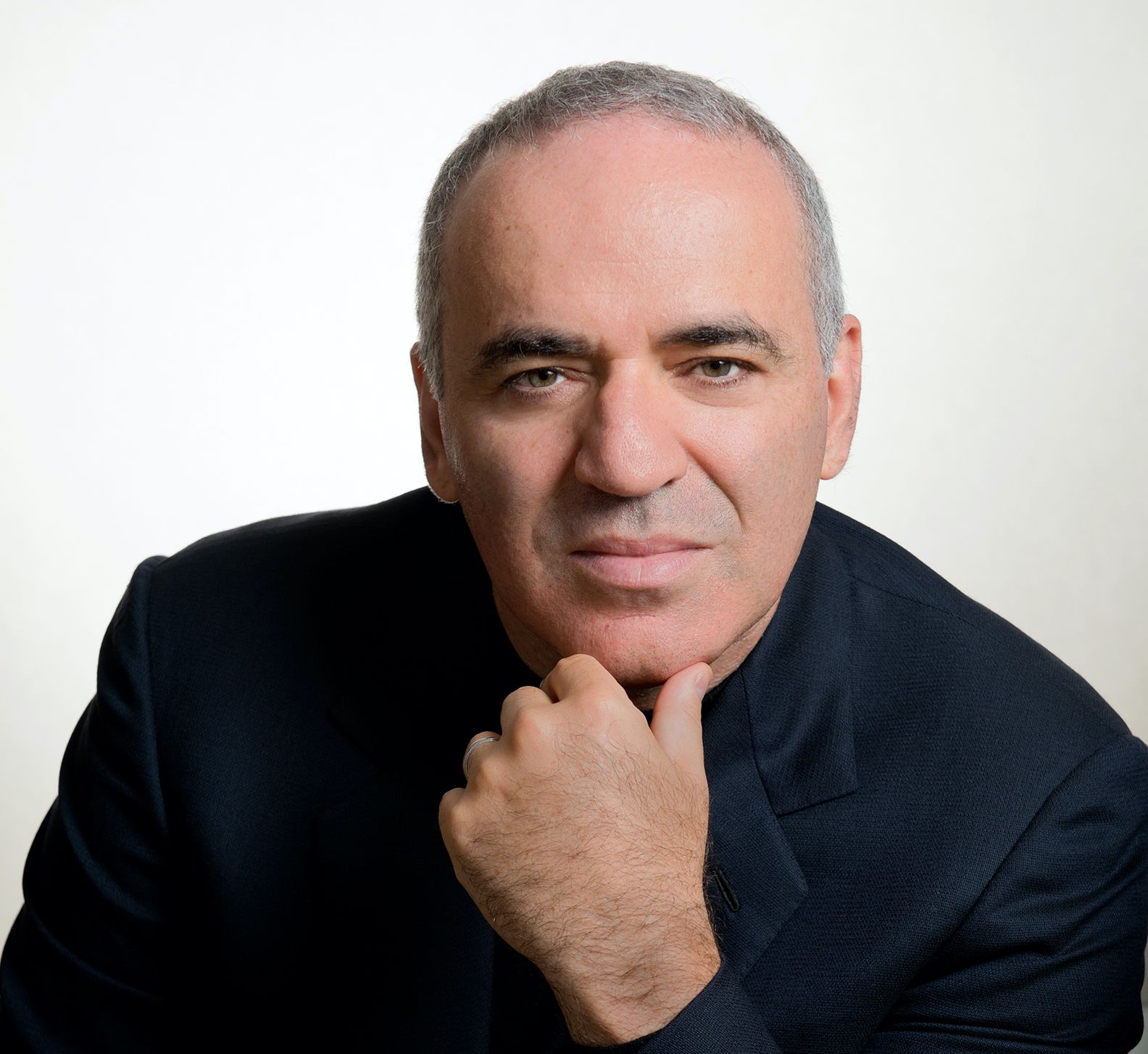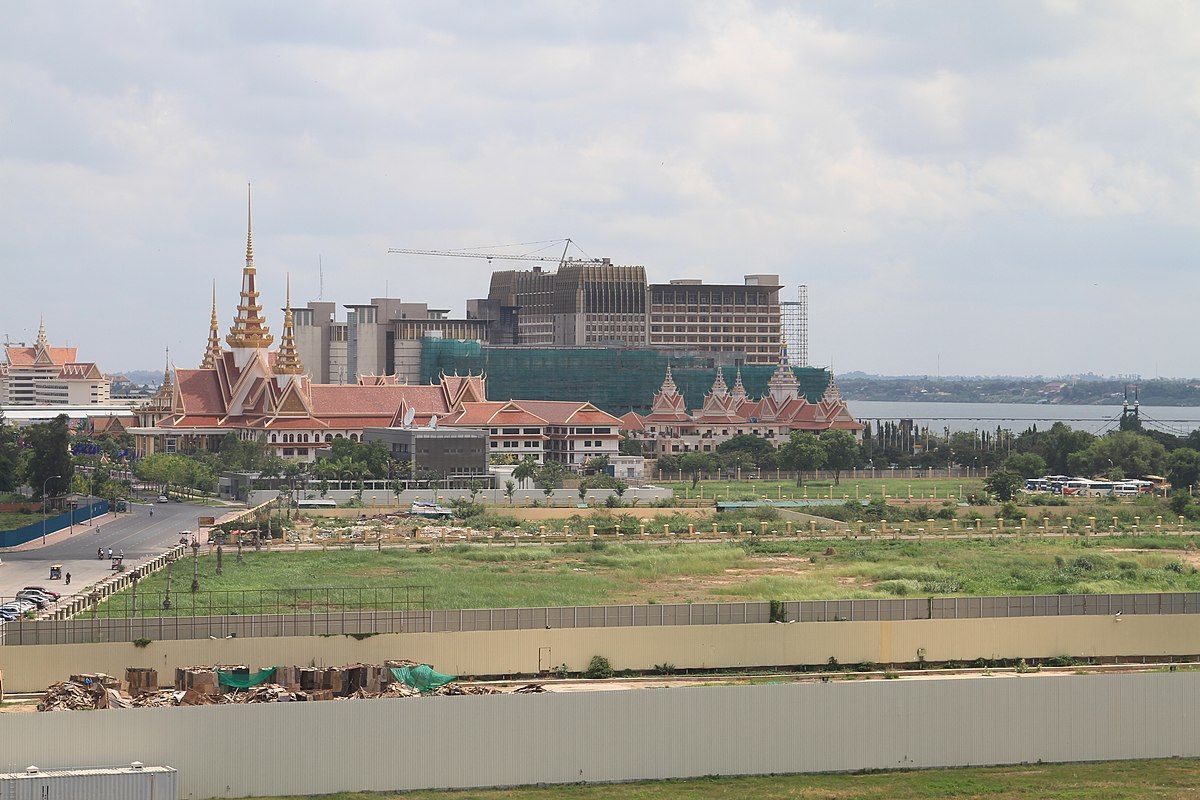Military buildup, battles over economic investment, shouts of independence: these appear at first to be descriptors of Cold War era Vietnam or Yugoslavia, but today, this is the situation in the Federated States of Micronesia (FSM), except that the main players are the United States and China, rather than the United States and Russia. While the geopolitical balance of these great powers continues to shift, the trend of larger nations fighting their political and economic battles within smaller satellite states has remained steady.
The FSM, also known as Micronesia, is a country of over 600 islands spread out over an immense swath of the western Pacific, roughly 2,500 miles southwest of Hawaii. It’s an odd setting for a geopolitical showdown, with a population smaller than that of Cambridge, Massachusetts, but its location and territorial waters have made it a key point of contention in the Pacific. The story of the islands thus far has been one of often-militarized influence by greater powers, from its initial colonization by the Spanish in the 16th century to German and Japanese control under a mandate by the League of Nations after World War I. Following the US defeat of Japan in the Pacific, the United Nations awarded present-day Micronesia, along with Palau, the Marshall Islands, and the Northern Mariana Islands, to the United States. In 1979, the Micronesian districts of Chuuk, Kosrae, Pohnpei, and Yap formed a constitutional government. Seven years later, the Federated States of Micronesia became an independent nation upon signing the Compact of Free Association (COFA), which outlined its future relationship with the United States.
US and Chinese Interests in Micronesia
In many ways, the COFA is vital to both the United States and Micronesia. For one, the COFA grants the US military the sole right to operate installations in Micronesia, enabling the United States to expand its sphere of influence further into the Pacific. At a time where China’s intentions in the Indo-Pacific have not gone unnoticed, an American presence in the Pacific has become a central tenet of US foreign policy. The COFA also requires the United States to protect Micronesia, and makes it easier for Micronesian citizens to live and work in the US. Micronesia’s economy is highly reliant on US financial aid—US$130 million per year—and remittances, as large-scale agriculture and service industries are generally difficult in such a small country.
China’s interests in Micronesia come down to three main goals: increasing China’s international popularity, exploiting Micronesia’s strategic location, and reaping economic benefits. Micronesia may not be populous, but for China, persuading more countries to side with the Chinese government is essential to win UN support on political issues such as the treatment of Hong Kong, Taiwan, and Xinjiang, as well as to cement China’s status as a global leader. This strategy has seemed to prove successful, as during Micronesian President David W. Panuelo’s 2019 visit to Beijing, he commended the one-China policy, which recognizes the Chinese government’s ownership of Taiwan, claiming it was the “bedrock” of Micronesian relations with China. China’s desire to cultivate strong ties with Micronesia also has strategic value, since the US territories of Guam and the Northern Mariana Islands lie just to the north. With growing influence in the western Pacific, China would be able to put pressure on US interests in the area, as well as those of other regional powers, such as Australia and New Zealand. Finally, over one million square miles of ocean are included in FSM territory; in fact, Micronesia’s exclusive economic zone is over three times larger than China’s. Greater access to these waters, as well as the opportunity to build transshipment ports, would enable China to significantly expand its fishing operations in the Pacific.
Over the past two years, China has ramped up its efforts to strengthen its relationship with Micronesia. One of the primary reasons is timing: the COFA, in its current form, is set to expire in 2023. While then-US Secretary of State Mike Pompeo traveled to Micronesia in 2019 to negotiate an extension of the COFA, talks were stalled due to the COVID-19 pandemic, but the expiration date continues to approach. A failure to renew the agreement would be a devastating blow to the Micronesian economy and to the US’s standing in the Pacific, as well as a golden opportunity for China to take advantage. China has not been shy to invest in Micronesia thus far, providing over US$100 million in aid since 1990. More recently, Beijing has funded government complexes, convention centers, and transportation infrastructure throughout Micronesia. In 2017, FSM President Panuelo endorsed China’s Belt and Road Initiative (BRI), with which the Chinese government seeks to exert its political and economic influence on a global scale through worldwide investment and trade network development. In 2021, in congratulating China’s Communist Party on its 100th anniversary, Panuelo reiterated his desire for Micronesia to be an integral part of the BRI, from which the country stands to gain major economic developments. It is clear that China has the capital, and the willpower, to pull Micronesia away from the US.
What Micronesia Wants
In his congratulatory address, Panuelo explained that he also hopes to see “more cooperation… and less competition” between the United States and China, which is in line with his previous commentary on the clash between the two rivals. At the UN General Assembly in 2020, Panuelo claimed that US-China competition “could become counterproductive to [the Pacific community’s] collective desire for regional solidarity, security, and stability.” International aid has been welcomed in Micronesia no matter its origins, so as long as both the United States and China are willing to provide economic aid and investment, the FSM stands to benefit.
However, while Panuelo may seek cooperation, the United States seems to have no intention of cooperating with its main adversary. In July 2021, the United States and Micronesia agreed to build a military base in the country, seemingly in response to China’s growing ambitions in the Pacific. For their part, many Micronesians are concerned about the increasing US military presence in the Pacific; after all, the United States ravaged dozens of islands with nuclear testing in the mid-20th century, when its military presence in the region was the greatest since World War II. Still, Panuelo supports US efforts to defend Micronesia, describing the countries’ partnership following the agreement as “the strongest it has ever been.” Ironically, Panuelo’s unwillingness to pick between China and the United States has evidently inspired both countries to invest even more to incentivize him to do so.
The Chuukese Independence Referendum
Amidst these rapid political and economic developments, yet another issue has presented itself: an independence referendum scheduled for March 2022 in Micronesia’s Chuuk State. Home to around half of the Micronesian population, as well as one of the deepest lagoons in the region, Chuuk’s strategic significance dates back to World War II, when it was nicknamed the “Gibraltar of the Pacific.” Supporters of independence, who have already waited through two postponements of the vote, are dissatisfied with the current distribution of funding to the states as well as underrepresentation of their region in the Micronesian government. China has committed most of its funding to Chuuk, with around US$50 million going towards building roads in the state. The Chinese government has frequently capitalized on geopolitical tensions to expand its sphere of influence, and this independence referendum is no exception.
So what would an independent Chuuk look like? Given China’s economic muscle, Chuuk would be expected to lean towards China rather than maintaining Panuelo’s favorable attitude towards the United States, posing a threat to US influence in the region, especially with Chuuk’s proximity to US territory. China would likely continue its extensive infrastructure investment in an independent Chuuk, potentially creating a new Pacific ally. However, former US ambassador to Micronesia, Robert Riley, has said that the COFA would not be extended to an independent Chuuk, which has led many Chuukese to oppose independence since thousands of workers abroad could lose their legal residence status and US economic aid could evaporate. Sabino Asor, a politician who supports Chuukese independence, claimed that it would take “at least five years” to complete the independence process, with the possibility that Chuukese people could retain their Micronesian citizenship even beyond then. Considering how important remittances from Micronesians living in the United States under the COFA are to the Chuukese economy, preserving the legal status of Chuukese workers would be a necessity. On the potential for increased Chinese presence in the region, Asor notably stated that Chuuk would be against a Chinese military presence, but US military leaders remain worried that China’s pull may prove too strong, with Chuuk ultimately becoming a Chinese hub in the North Pacific. Both the United States and China have no official position on Chuukese independence, but there is no doubt that both sides will be paying close attention to the referendum.
Micronesia’s Geopolitical Future
Time still remains for the United States to change the state of play in Micronesia. Renewing the COFA, with an emphasis on appeasing Chuukese pro-independence leaders, could potentially alleviate the threat of a divided Micronesia and increased Chinese influence in the region. However, March 2022 is mere months away. Both the United States and China have clearly recognized the significance of Chuuk and the expiring COFA, considering their recent military and economic actions. So far, the Micronesian government has tried to play both sides in this collision of superpowers, but it remains unclear how much longer they will be able to do so. For a small country facing issues ranging from climate change to mass unemployment, Micronesia may have no desire to be the center of the Pacific’s newest geopolitical struggle. Yet with the COFA on its last legs, back-and-forth military and economic actions from the United States and China, and Chuuk going to the polls, the world will be closely watching what happens in Micronesia.
Cover image: U.S. Secretary of State Michael R. Pompeo meets with Micronesian President David Panuelo in Kolonia, Federated States of Micronesia, on August 5, 2019. [State Department Photo by Ron Przysucha/ Public Domain]. Accessed via Wikimedia Commons.





